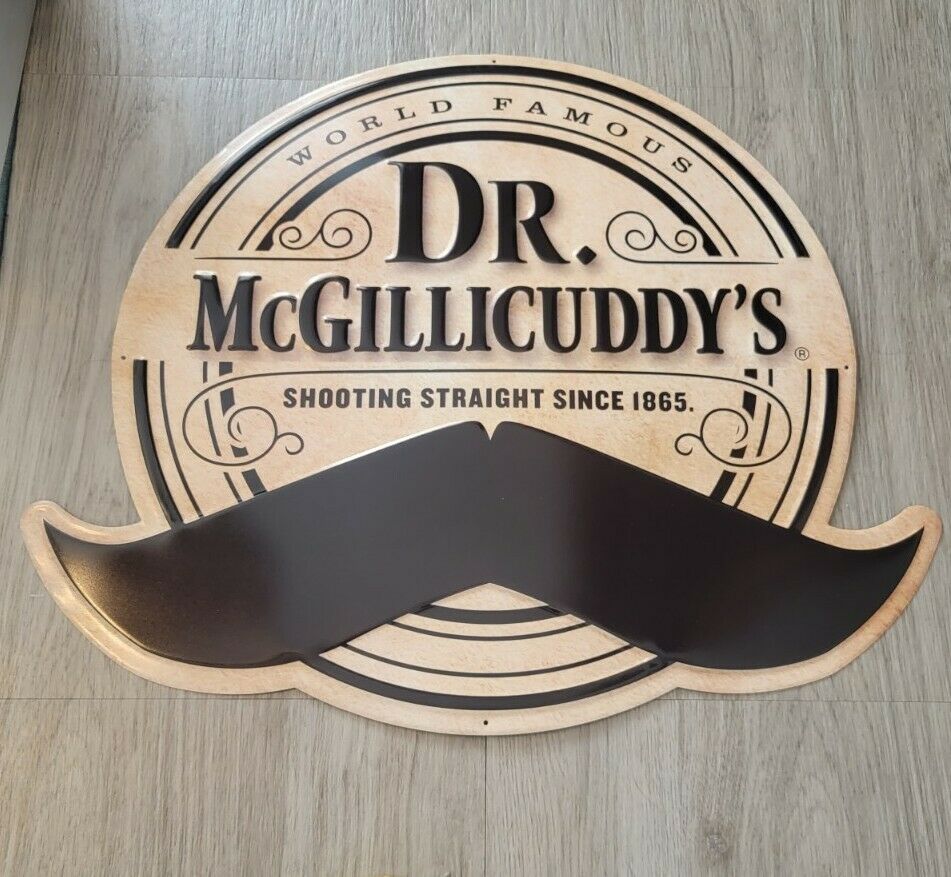-40%
Vintage, Old Oscar Pepper Whiskey Advertising Sign, RARE !
$ 34.29
- Description
- Size Guide
Description
Vintage, Old Oscar Pepper Whiskey Advertising Sign, RARE !.Real nice vintage advertising piece. Appears to me made of a hard platic material to look like wood.
Please see the pictures as part of the description.
Thanks for your interest.
Condition is "Used". Shipped with USPS Priority Mail.
A Brief History of The Distillery
The distillery
The brand's distillery site originally became a distillery in the 1800s, and was known as the Henry Clay distillery (registered distillery DSP-KY-5). It became a large commercial distillery at a time when long-distance transportation of goods by steamship and railroad networks had become practical and the Internal Revenue Act of 1862, passed to raise funds for the Civil War, had imposed an excise tax on alcohol production that forced many smaller producers out of the business. This post-Civil War period would later be sometimes called the "Golden Age of Distilling".[2] Although a number of other producers were then driven out of the business by competition, overproduction, and a reduction in demand brought about by the temperance movement, the distillery continued operating until around 1917 when austerity measures related to World War I shut down production and were followed by the Eighteenth Amendment to the United States Constitution and the Volstead Act, which brought about the era of Prohibition in the United States.[2]
During Prohibition, the site was selected as one of the few places for authorized warehousing of liquor stocks under the Liquor Concentration Act of 1922, and sales of whiskey for medicinal purposes also allowed the brand to continue to be bottled, although the distilling equipment was mothballed. As early as 1890, the Old Pepper brand had been advertised as a medicinal treatment for diverse ailments including malaria and consumption, and the brand was placing advertisements in drug stores for medicinal uses by the 1910s. This allowed the brand's name recognition and some of its bottling operations to survive through a period when many producers were shut down and became unable to recover. In 1923, the James E. Pepper brand was being marketed to pharmacists, and was endorsed by more than 40,000 physicians, commanding a price six times higher than before Prohibition began. In October 1929, as warehoused inventory dwindled, some distilling was allowed to resume at the Stitzel-Weller distillery and was used as a source for the brand's bottling operation. The approaching end of Prohibition brought about a period of heavy investment in large production facilities, and the distillery was purchased around 1934 by Schenley Industries, just as large-scale operation was able to resume. Schenley was the largest distiller in the United States during 1934–1937.[2] A few years later, austerity measures enacted during World War II would again shut down nearly all whiskey production in the United States until after the war ended in 1945. During this period the distillery was converted to the production of industrial alcohol. After the war, the distillery resumed liquor production on a large scale, and as the Korean War approached, it ramped up its production further, as the managers anticipated that the war might cause production to be forced to shut down again. This led to excess inventory of stored whiskey. Distilling was then curtailed while inventory was drawn down. Further consolidation of the industry caused on-site distilling operations to cease altogether in 1958.[2]
The distillery was listed in the National Register of Historic Places in February 2009, with a recognized period of historic significance of 1934–1958, due to its local importance as the only largely intact example of a post-Prohibition distillery facility in Fayette County, Kentucky (although as early as 1810 there had once been as many as 140 distilleries operating in the Lexington area).[2]
2008 brand relaunch and 2017 distilling resumption[edit]
Entrepreneur Amir Peay relaunched the brand name in 2008. He says he spent over a decade doing historic research on the brand and collecting historic materials and whiskey, and had the new still system designed and built to resemble the original mechanical engineering drawings from the last system built in 1934. The new still system was built by Vendome Copper in Louisville, the same company that built that system in 1934. The new distillery began operating on the historic site on December 21, 2017. Peay said it used the same historic bourbon mash bill as when the plant closed in 1958.[1][2]
The Old Fashioned cocktail[edit]
James E. Pepper is credited with popularizing the drink known as the Old Fashioned cocktail, which was said to have been invented by a bartender at the Pendennis Club in Louisville, Kentucky.[6] Pepper introduced the drink to the Waldorf-Astoria Hotel bar in New York City.[6][7]













